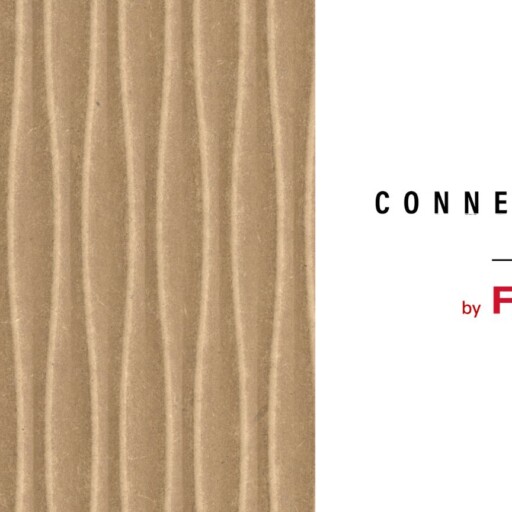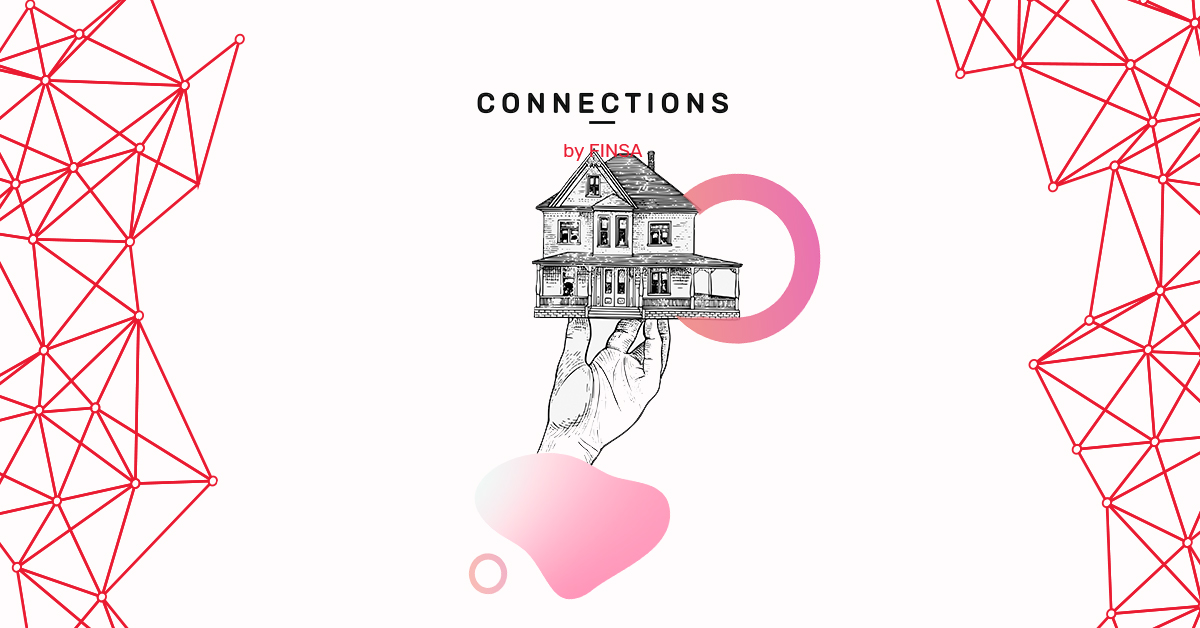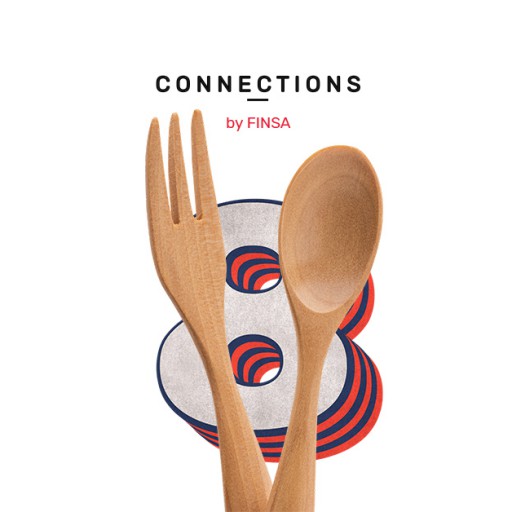What will the sustainable urbanism of the future look like? The government of Saudi Arabia has already started construction on The Line, a smart city and living experiment that will be home to one million people who want to revolutionise modern cities.
This city is part of Neom (meaning “new future”), a 26,000km2, Silicon Valley-esque area that hopes to become the tech hub of Saudi Arabia, Jordan, and Egypt. The Line will include villages and cities, as well as business, research, sport, entertainment, and tourist hubs.
It will occupy a 170-kilometre-long area east to west, stretching from the banks of the Red Sea and crossing the Tabuk region. According to the developers’ estimates, 40% of the world’s population will be able to reach The Line in 4 hours by plane.
A city without cars or streets?
The Line is leaving behind the traditional orthogonal, radio-centric, and regular planes that have been used to design cities up until now. Instead, it will be based on linear design, because a rectilinear shape guarantees a fast commute. How can they create a city as big as this one that is both carless and street-less? By creating sustainable communities with underground high-speed traffic networks. The three hyper-connected levels of The Line will be:
- The above ground pedestrian level: Surrounded by nature, rather than being built over it. Cities have been designed by and for machines and vehicles. It’s time to start designing them for the people.
- The underground service level: for public services, vehicles, and small structures.
- The second underground level: for high-speed transport.
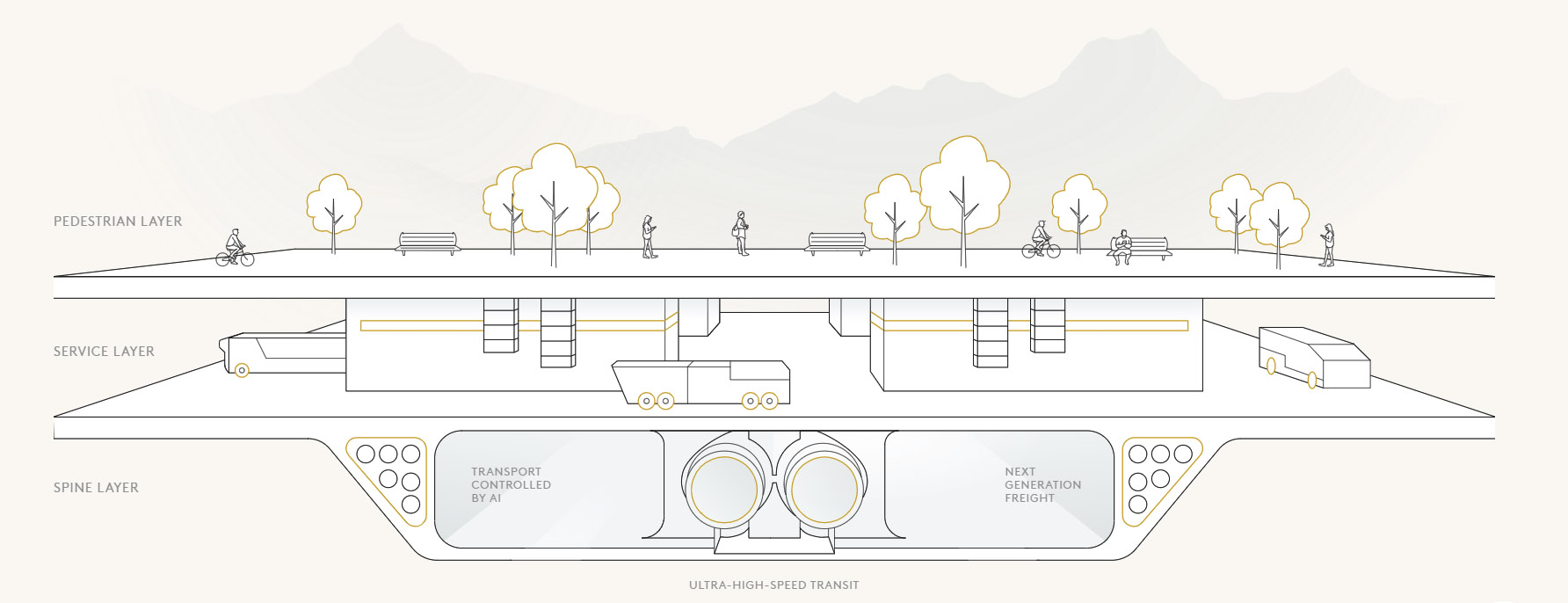
The five-minute city
This new concept wants to do away with the work commute, aiming to ensure that where you live, work, and play are all within a five-minute walk of each other and that the longest commute you will ever have to make will be just twenty minutes from start to finish.
Another great thing about The Line is that the whole system revolves around nature. It also connects four different ecosystems: coastal (the shores of the Red Sea), coastal desert, mountains, and valleys.
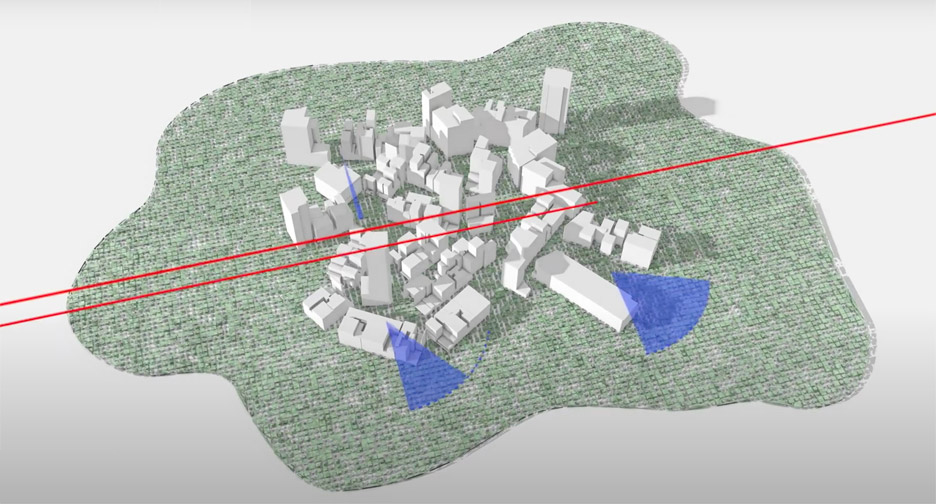
The smart(est) city
In order to create a carless, street-less city with everything you need just a five-minute walk away, a lot of technology is required. The Line is committed to using 100% renewable energy for all of its systems.
Innovative urban planning will use artificial intelligence and machine learning to analyse 90% of the data collected for the purpose of creating a predictive system that can improve services for businesses and people.
Socioeconomically, The Line will create an estimated 380,000 jobs and contribute 39.8 million euros to the GNI by 2030.
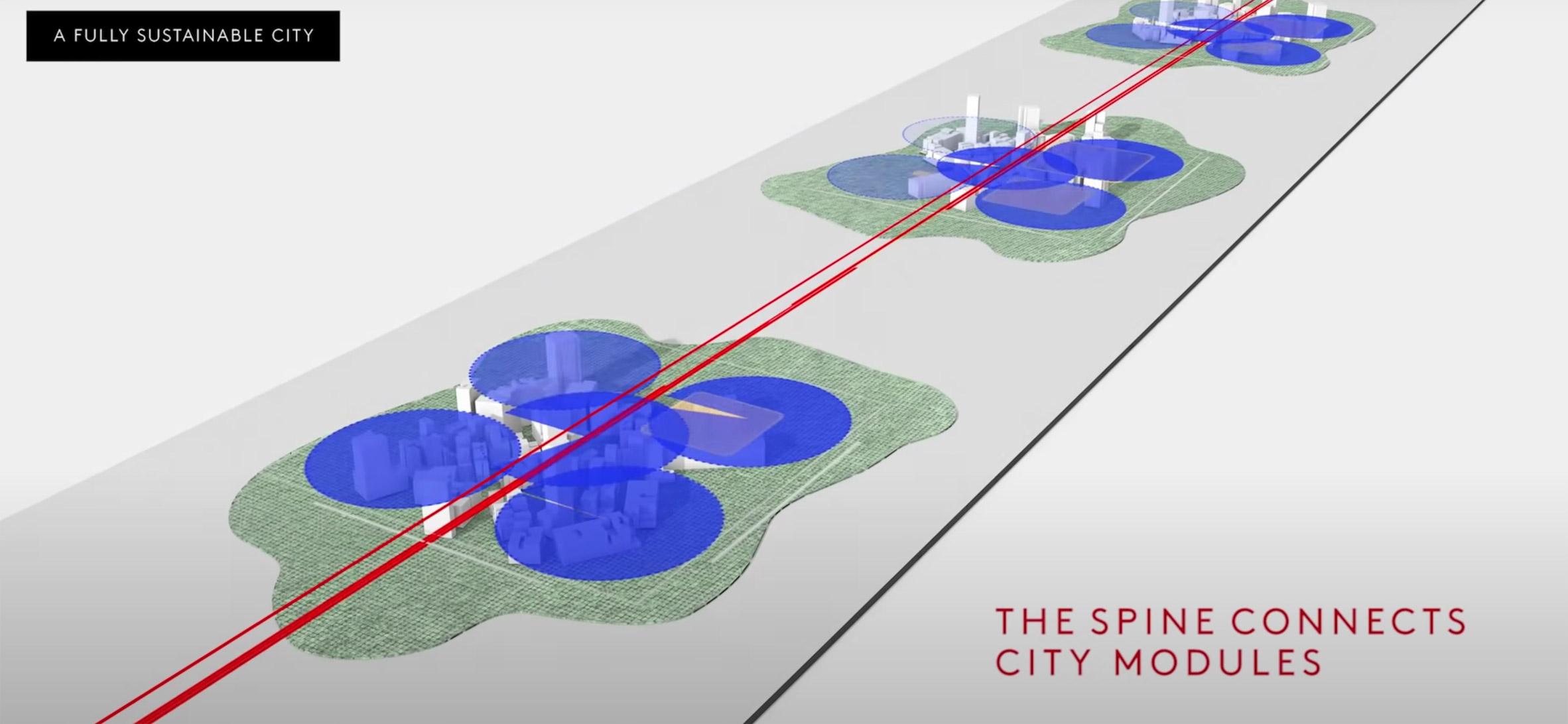
But of course, not all that glitters is gold. There are still many unknowns, including how to develop the ultra-fast transport system that will need to travel at 512km/h to get to one end of The Line to the other in less than twenty minutes. The technology required to automate a city of this size also needs to be developed. But we do know that projects like this one, such as The Invert Chicago, have a huge role to play when it comes to inspiring the future of urban design.
Would you live on The Line? Has it inspired you to come up with new ways to design our cities? Tell us about it on social media using #ConnectionsByFinsa.


